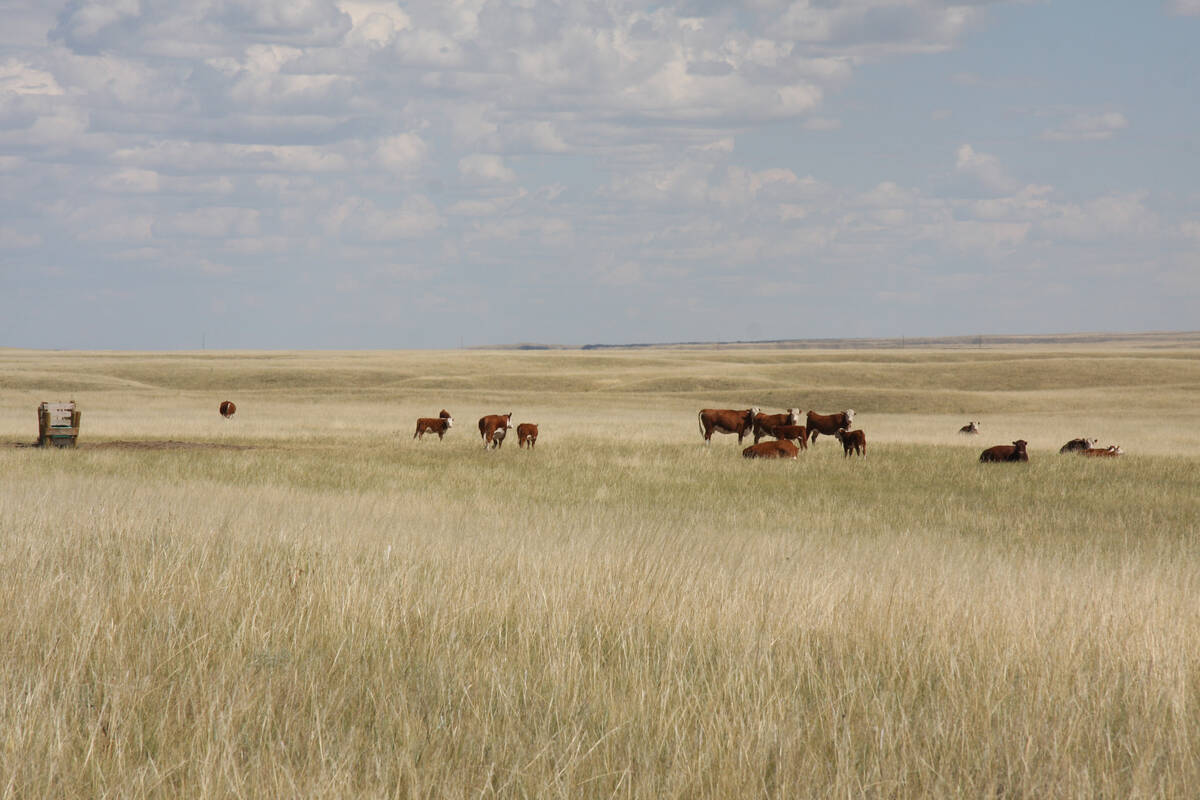Rye has an image problem.
Producers and consumers see it as an inferior product, there’s no pricing system since the Winnipeg Commodities Exchange dropped it a few years ago and it is one of the last crops to be considered for new research or promotion.
But that could change with the creation of a national rye council, the recommendation made at a stakeholders meeting during a Crop Production Week meeting held in Saskatoon.
“There was a clear consensus that if nothing is done to further rye, then rye is dead,” said Lee Moats, director of the Saskatchewan Winter Cereal Growers.
Read Also

Conservation groups enter grazing lease debate
The Municipal District of Taber in southern Alberta remains at a political crossroads, weighing the interests of generating revenue for public services with conserving native grasslands.
“It will just continue to float away.”
According to Statistics Canada, about 416,500 acres of rye were seeded in 1996 in the three prairie provinces, about half of that in Saskatchewan.
The average for 1976-86 was 773,000 acres.
“Feeders tend to think ‘if I can get rye cheap enough, I’ll use it’ ,” said Tom Allen, an assistant professor at the University of Saskatchewan’s college of agriculture. Rye was once traded on several commodity exchanges in the United States, but now even the Winnipeg rye futures are gone, the report said.
No one taken lead
“Rye has an image problem and no one or no organization has stepped forward to champion the crop.”
A report by Allen, Gary Storey from the university and Gerry Umbach of Agriculture Canada concluded rye is being crowded out of all markets regardless of its high yield potential, its value as a nutrient-dense feed grain, its potential in the human food market and its quality as an environmentally friendly crop.
The report concluded the rye industry needs a national council and offered recommendations to set the wheels in motion.
The council will urge governments and the marketing and processing sectors to do more rye research, promotion and marketing, the report said.
“This co-ordinating body could promote the many advantages of this crop,” he said. “It could act as an educator, as an advocacy body and it could target research funding to where it is most needed.”
The council will also help ensure rye is a contender for breeding programs, Moats said.
“If there are no new varieties coming down the pipe, then rye is really dead in the water.”
The report recommends the Rye Council of Canada should be a non-profit commercial association representing all sectors of the industry, including rye producers, the feeding industry, millers, distillers, elevator associations, governments and grain elevator companies.
Over a 10-year average from 1986 to 1995, rye production in Western Canada was 433,000 tonnes, according to the Canada Grains Council 1995 statistical handbook. Of this, 217,000 tonnes per year (on a five-year average) is exported, 168,000 tonnes of that to Japan.
Allen said 60,000 is used in the domestic whisky market and 14,000 is made into flour in Canada.
Canadian markets for rye include South Korea, China and the United States, Allen said.
“We need to know how best to serve these markets and what needs to be done to expand.”
European research
Recent research from Europe indicates the soluble fibre from rye could be one of the healthiest choices for human consumption. But this work needs to be documented in Canada and promoted to international markets, Allen said.
The biggest challenge for a new council will be funding, Allen said, which the report recommends would have to be obtained from participants. In a recent rye producers survey, 51 percent of farmers said a council is needed, but the majority of the respondents said they were unwilling to financially support such a body.
Production and trade of rye is much smaller than that of canola, and only a small percentage of the crop passes through the marketing chain. The end value is usually less than half the value of flax on a per tonne basis, the report said.
Twenty-five industry stakeholders met during Crop Production Week that ran from Jan. 6-11. They included elevator companies, distillers, producers, processors, crop researchers and plant breeders.
A six-person committee was struck to initiate formation of the council and report back to the original 25-person group. Moats said the council should take shape by spring.














